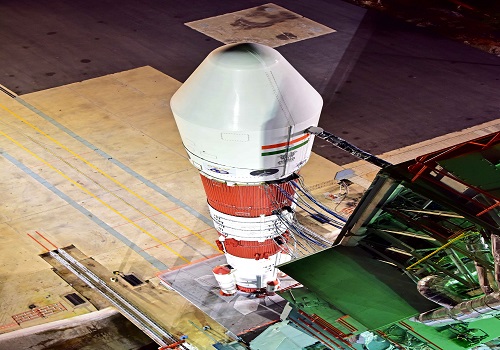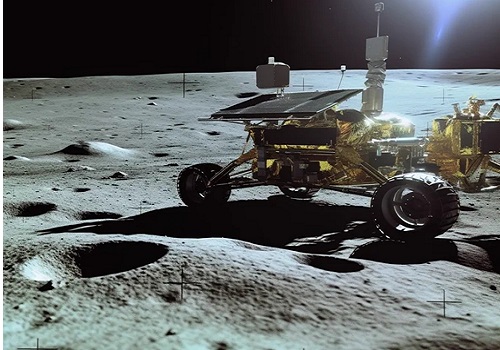Rocketing on Jan 1, a first for ISRO

For the first time in its history, the Indian Space Research Organisation's (ISRO) will carry out a space mission on January 1.
The Indian space agency on Monday morning will send its Polar Satellite Launch Vehicle-DL (PSLV-DL) variant rocket to space with the X-ray Polarimeter Satellite (XPoSat) with 10 other payloads.
Earlier, ISRO has carried out space missions with its two rockets – PSLV and Geosynchronous Satellite Launch Vehicle (GSLV) in the month of January a couple of times, but not on the first day of a calendar year.
At 9.10 a.m. the Indian rocket PSLV-DL variant with the code PSLV-C58, standing 44.4-metre tall and weighing 260 ton, will blast off from the first launch pad at the Satish Dhawan Space Centre (SDSC), Sriharikota, in Andhra Pradesh XPoSat weighing about 740 kg and 10 scientific payloads fixed to the PSLV Orbital Platform.
At about 21 minutes into its flight, the rocket will orbit XPoSat at an altitude of about 650 km.
In its normal configuration, the PSLV is a four-stage/engine expendable rocket powered by solid and liquid fuels, alternatively, with six booster motors strapped onto the first stage to give higher thrust during the initial flight moments.
The ISRO has five types of PSLV rockets -- Standard, Core Alone, XL, DL, and QL.
The major difference between them is the number of strap-on boosters used which, in turn, largely depends on the weight of the satellites to be orbited.
The PSLV uses 6,4,2 solid rocket strap-on motors to augment the thrust provided by the first stage in PSLV-XL, QL & DL variants, respectively. However, strap-ons are not used in the core-alone version (PSLV-CA).
























